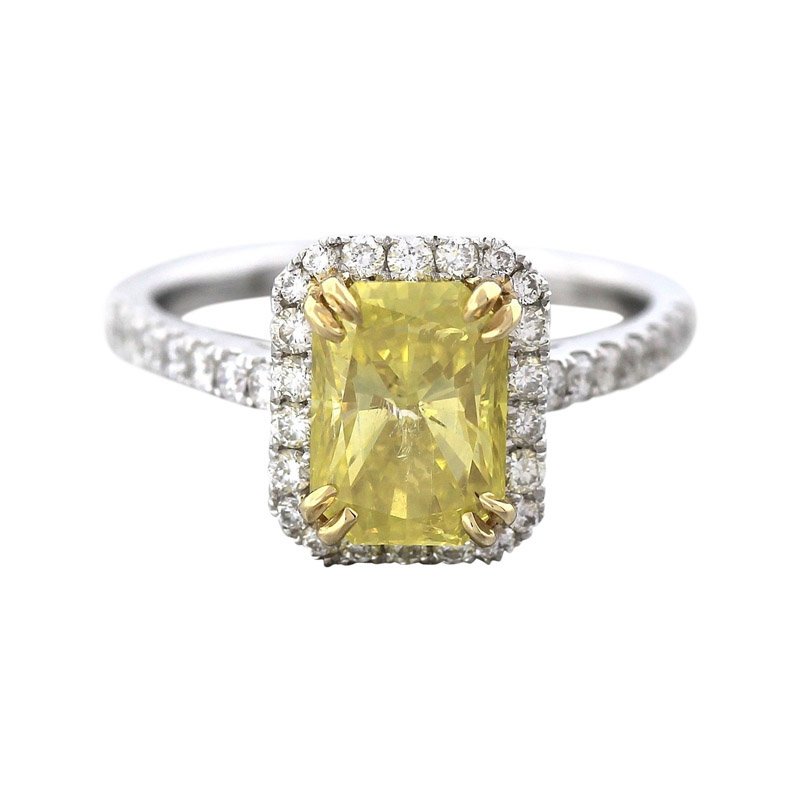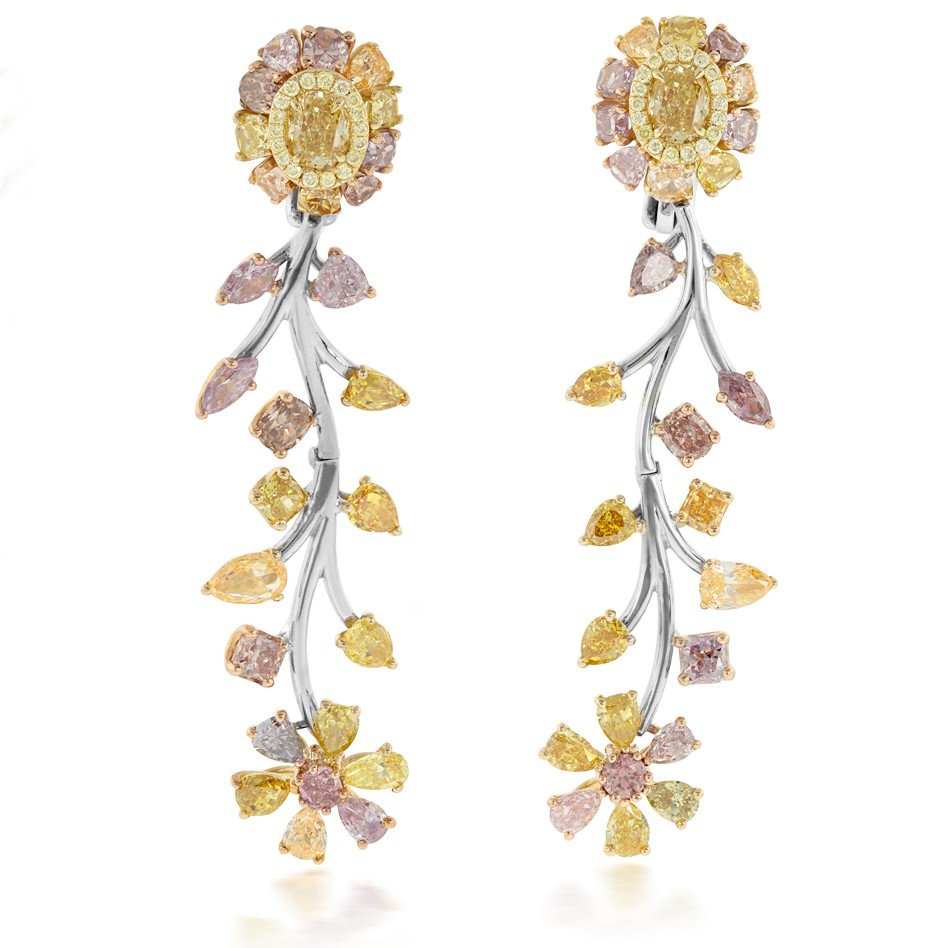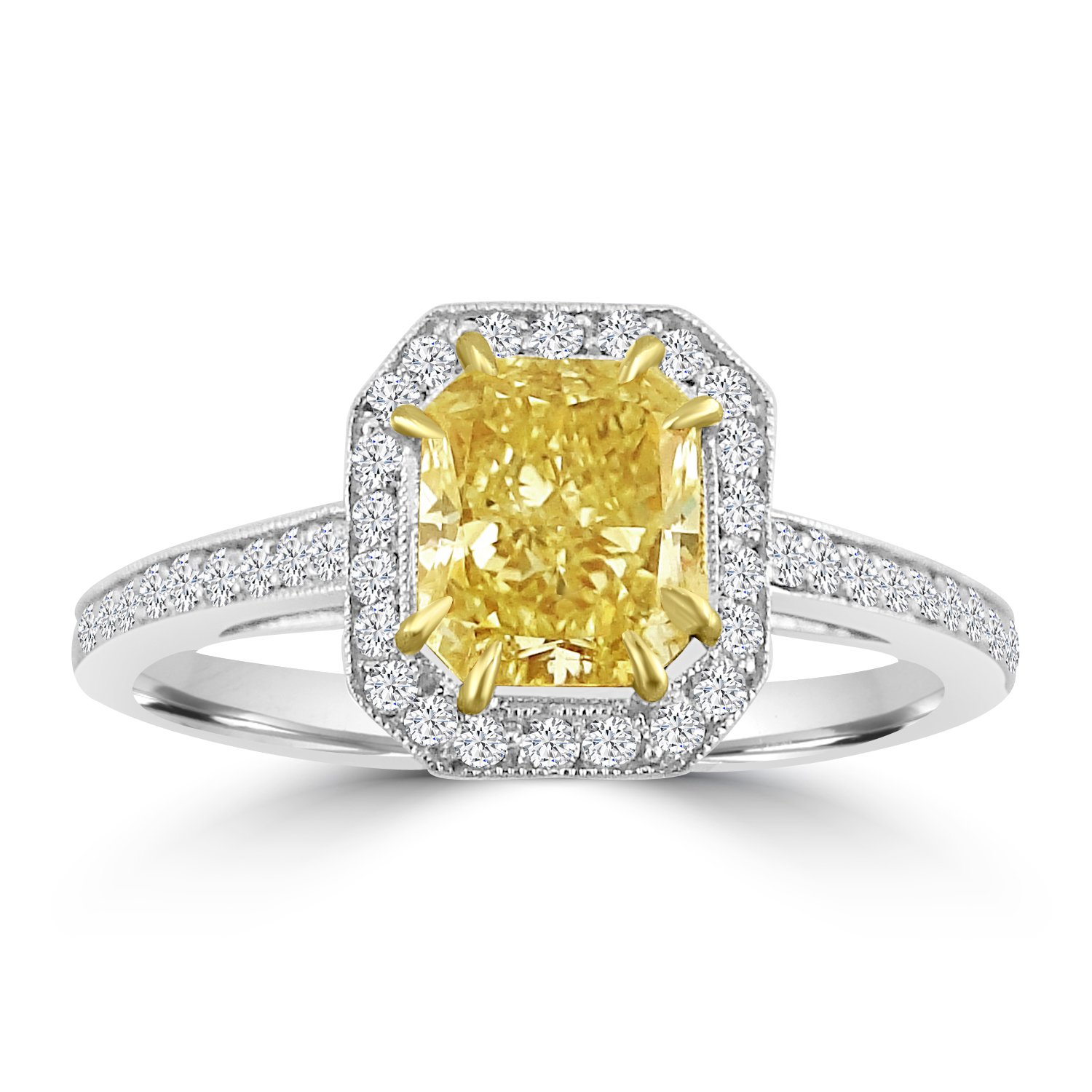How Fancy and Colored Diamonds Are Made
If you’re familiar with the “Four Cs” when it comes to diamond grading, you know that one of those “Cs” is the category of “color.” It is known throughout the jewelry business that the more color a diamond has, the less valuable it is, and while that’s somewhat true, it’s only true when the color is a non-fancy yellow. The authority that determines whether a diamond is “fancy” or not is the grading lab, most notably, the Gemological Institute of America.
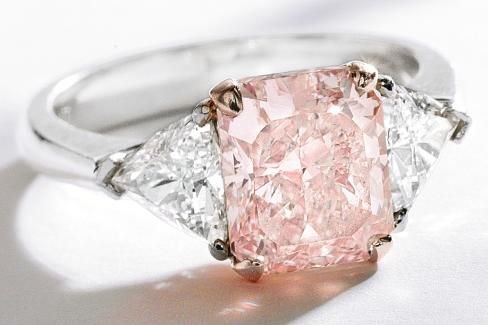 A “fancy” colored yellow diamond – often called a “canary” diamond – is a diamond that is vibrant in hue and not seen as brownish in any way, thus excluding it from the GIA grading scale of D through Z. And while yellows are the most common fancy colored diamonds, diamonds do come in just about every color. Red, green, violet, and orange are often the most rare, followed by pink, and then blue. The Hope Diamond, for example, is a 45.52-carat Fancy Deep Grayish Blue gem that is worth about $350 million.
A “fancy” colored yellow diamond – often called a “canary” diamond – is a diamond that is vibrant in hue and not seen as brownish in any way, thus excluding it from the GIA grading scale of D through Z. And while yellows are the most common fancy colored diamonds, diamonds do come in just about every color. Red, green, violet, and orange are often the most rare, followed by pink, and then blue. The Hope Diamond, for example, is a 45.52-carat Fancy Deep Grayish Blue gem that is worth about $350 million.
While naturally mined fancy colored diamonds are a rarity (only 1 in 10,000 diamonds is fancy in color), white diamonds can also be chemically treated in order to appear fancy and much more expensive than it actually is.
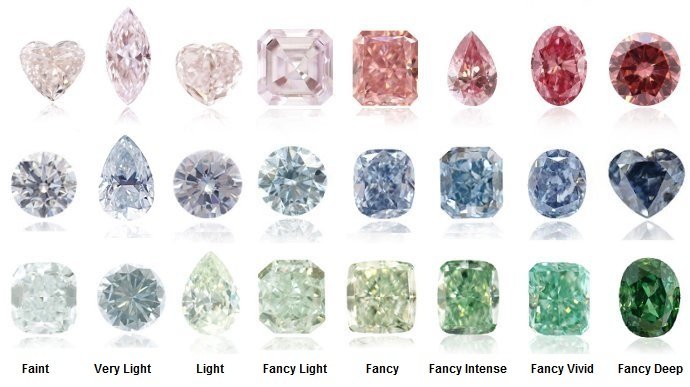
A chart of the different intensity levels of fancy diamonds, courtesy of Leibish & Co.
There are a variety of processes that exist that can make a diamond appear a different color than Mother Nature intended. One of those is a process called Surface Coating, where one applies a coloring agent to the underside surface (a treatment known as “backing”), so that all or a portion of a gemstone’s surface will appear different in color.
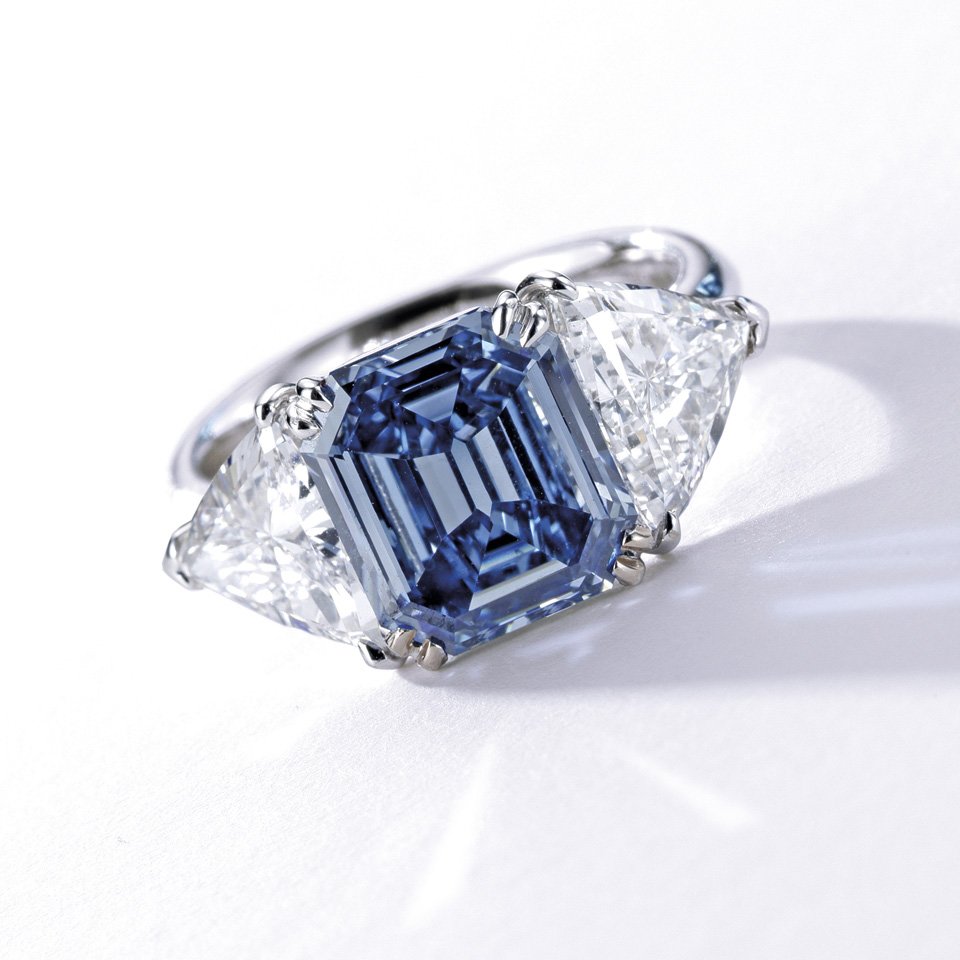 Another common way to change a diamond’s color is by the High Temperature/High Pressure (HTHP) treatment, where the process of heating diamonds at high pressures and high temperatures removes or reduces a brownish coloration so the stone becomes colorless. According to the GIA’s website, “other types of diamonds may be transformed from brown to yellow, orangey yellow and yellowish green, or to blue colors by this process.”
Another common way to change a diamond’s color is by the High Temperature/High Pressure (HTHP) treatment, where the process of heating diamonds at high pressures and high temperatures removes or reduces a brownish coloration so the stone becomes colorless. According to the GIA’s website, “other types of diamonds may be transformed from brown to yellow, orangey yellow and yellowish green, or to blue colors by this process.”
And yet another common method used to change a diamond’s color is Irradiation, which means that neutron and electron radiation are used to create black, green, blue green, deep yellow, orange, pink and red diamonds. The process is sometimes combined with the secondary step of heating in order to create less common or more vibrant colored stones.
Larger colored diamonds (often .50 carats or bigger) should be accompanied by some sort of grading report issued by the GIA or another independent lab so that the buyer is aware of the true color and quality of the diamond.
To learn more about colorful gemstones, read our post on the topic here!
Main image courtesy of GIA.



